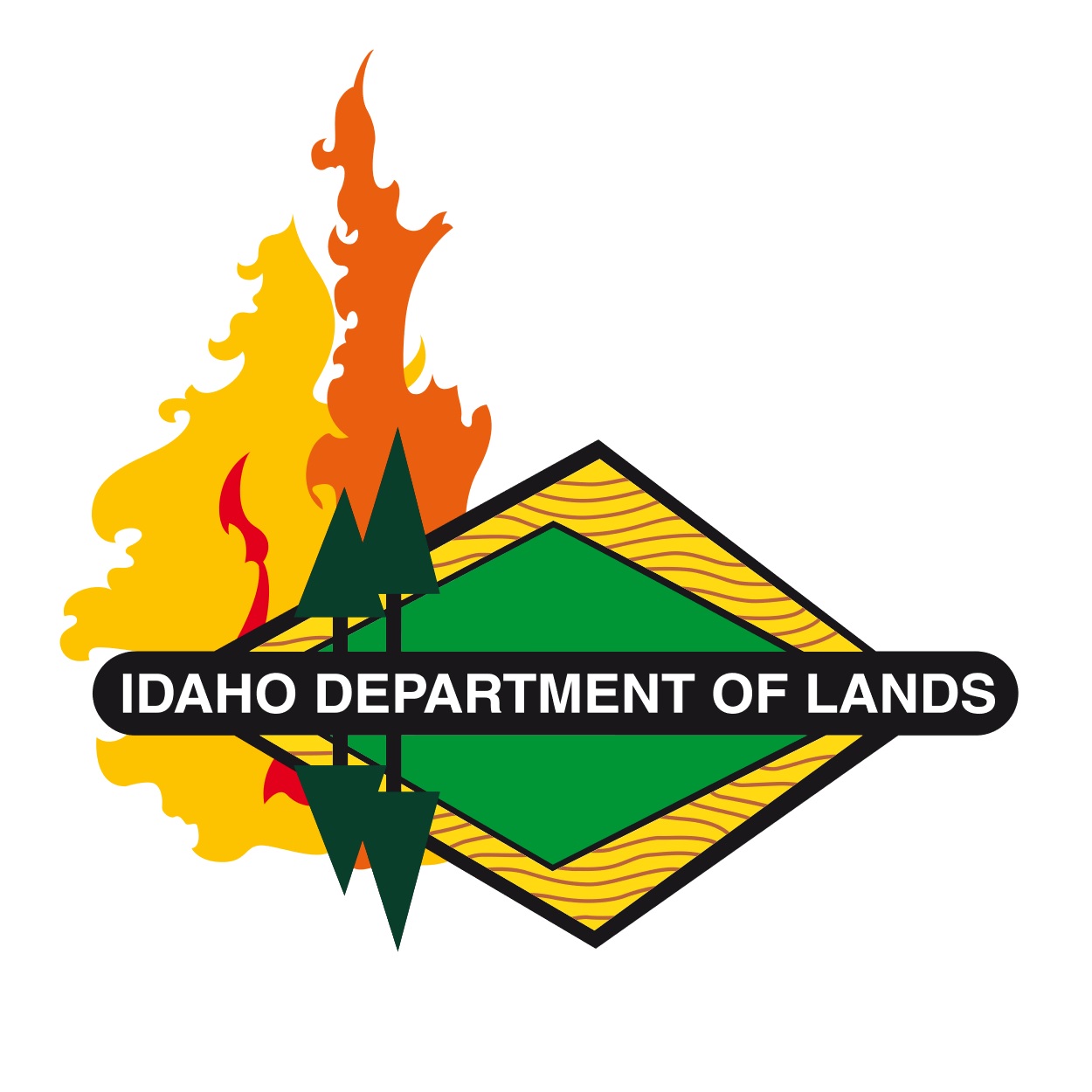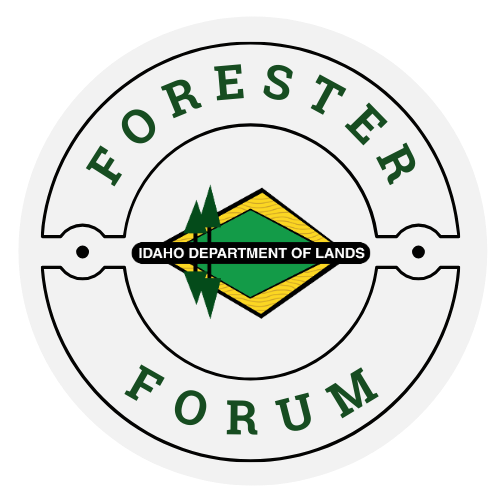Forest Management 8: Summary of Cost Share Programs
Summary of Cost Share Programs - An Alphabet Soup Made Easy
In this edition of the Forester Forum
Overview
To the average forest landowner the vast array of cost-share programs must seem like a jumbled soup of alphabet acronyms.
There’s, CRP, EQIP, CSP, HFRP among others. They are administered by agencies called FSA, IDL, NRCS and IDF&G. While the programs can providing worthwhile incentives to landowners wanting to enhance the management of their property, many factors make it difficult for landowners to understand their options. The programs and acronyms change often, each has a different emphasis, there is limited funding from year to year, and terms and lengths of contracts can vary drastically.
Conservation Reserve Program (CRP)
Most farmers are familiar with the Conservation Reserve Program. It is designed to help landowners remove highly erodible cropland and wet lands from production. The landowner receives a 50% cost-share plan to establish a soil stabilizing cover and an annual rental payment for a 10 to 15 year period specified in a contract with the FSA. Much cropland in Idaho that has been placed in CRP has been planted to grass but tree planting, when suitable, is a viable and preferred alternative because long-term benefits are greater. CRP property planted to trees would eventually become an established forest with all the associated resource benefits.
Contracts are commonly written for 10 years; the cost-share rate for tree planting is approximately 50% is an extra advantage. The rental payment received each year for not tilling the soil and planting a crop. Only highly erodible land qualifies, and the parcel must have been actively farmed in the recent past. Additional information is available by contacting the county FSA office.
Environmental Quality Incentives Program (EQIP)
EQIP is the Environmental Quality Incentives Program. Many farmers and ranchers are familiar with the EQIP since it includes many practices related to farming and soil conservation measures. It is administered by the USDA Natural Resources Conservation Service (NRCS). The Idaho Department of Lands can provide the technical assistance on forestry-related practices. Almost all forestry activities are eligible for funding especially tree planting, thinning, and site-preparation for natural regeneration.
EQIP contracts are usually written for two to three years and cover practices and acreages that are deemed reasonable to complete in the contracted time frame. The reimbursement rates for individual practices are set annually, with consideration for regional markets. The target is to provide 50% reimbursement for activities, though the payment is fixed regardless of actual cost. Therefore, incentive payments can cover a greater or lesser percent depending on the actual cost. Funding is limited from year to year and region to region. Applications are accepted year-round, though October is usually the cut-off for applications to be prioritized for the following funding year.
Habitat Improvement Program (HIP)
HIP is a state program administered by the Idaho Department of Fish and Game (IDF&G). It is designed to assist private landowners interested in creating or enhancing habitat for upland birds or waterfowl. IDF&G will provide the technical expertise required to assess potential, design projects, and find sources of seeds and vegetation. The program generally reimburses up to 75% of costs associated with the developments. To be eligible for funding, projects must benefit one of the following species: ring-necked pheasants, quail, gray partridge, chukar partridge, ducks (any species), or Canada geese. Common projects include, but are not limited to: shallow water pond construction, planting dense nesting over, establishing food plots, developing shrub thickets, fencing riparian areas, and planting windbreaks.
The emphasis of the program is on the wildlife production and there is no requirement that the land enrolled in HIP be opened to public access. Fee hunting is not allowed on lands in this program and the improvements must remain in place for the full contract term, typically 10 years. For more information, contact the nearest IDF&G office.
Other Programs
CRP and EQIP are by far the most common and easily accessible to Idaho forest landowners. Several other programs are available at any given time, but they often come and go. Easement programs are offered to preserve the ecosystem function of lands for the future. Wildlife habitat and aquatic habitat incentive programs are offered through various private, state, and federal agencies including the Wild Turkey Federation, the Governors Office of Species Conservation, and the US Fish and Wildlife Service. A landowner may wish to accomplish different practices on a piece of property by participating in a combination of programs. The best way to understand the options available at the time a landowner is interested is to contact the Private Forestry Specialist (PFS) at a local IDL office.
Planning for Participation
A Landowner Forest Stewardship Plan (LFSP) or other approved conservation plan is required for participation in most state and federal cost share programs. In Idaho, the One Plan template for Forest Land Management is a universal document that meets the requirements for participation in LFSP, NRCS, and Idaho Tree Farm. The plan addresses all natural resources found on the property. The One Plan is written by a natural resource professional with the approval of the landowner, incorporating the particular objectives the landowner has for their resources. If the property is 20 acres of less, or the types of resources are limited, a One Plan may be prepared by an IDL Private Forestry Specialist. Many PFSs encourage landowners to write their own One Plan and serve as coach to help answer questions and guide them through the process. A plan can be as detailed as a landowner choose to make it. If a full forest inventory and management schedule is necessary or desired, the landowner may hire a professional forestry consultant to prepare the plan. The plan itself is eligible for incentive funding through EQIP.
Interested landowners should contact the nearest IDL office.
For More Information
Resources are available in most areas throughout the state. County USDA (United States Department of Agricultural) offices house resources such as Cooperative Extension Personnel, NRCS and FSA planners. Area IDL offices and the PFSs on staff have handbooks detailing all the components of each program. Brochures and online resources are also available.


